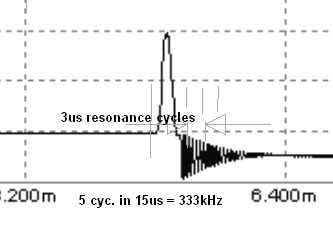In either case the rise time needs to be controlled well above 2 us to reduce AM interference at 500kHz. Otherwise AM radios will not work very well in the country with weak signals.
AM still exists?
Follow along with the video below to see how to install our site as a web app on your home screen.
Note: This feature may not be available in some browsers.
In either case the rise time needs to be controlled well above 2 us to reduce AM interference at 500kHz. Otherwise AM radios will not work very well in the country with weak signals.
Liston to news/talk radio on AM frequently.AM still exists?

Interesting article. The question remains: does Velleman's ignition kit really increase the spark?
Attached are the kit details.
The cap across the switch does reduce radio interference.AM still exists?
the ability to fire a spark plug plug improves with a reduced rise time of the spark voltage.
The energy lost due to the point arcing is thus about 10.5mJ or 10.5% of the original coil energy.
Certainly the condenser is the slowest since it's purpose is to give the contacts time to open before the voltage builds up and the coil field starts to collapse......................
Let me ask a related question. If there are three things slowing the voltage rise time (1-points opening, 2-transistor switching, 3-condensor), which is the slowest?
.....................
